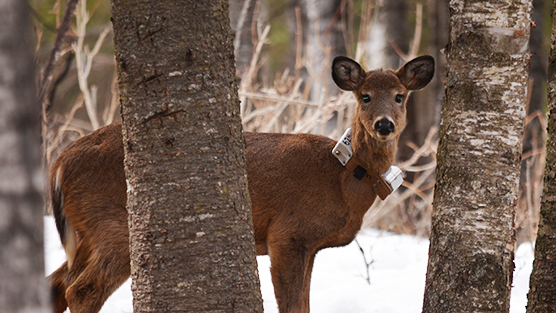
Research
Filter by Category

Show more
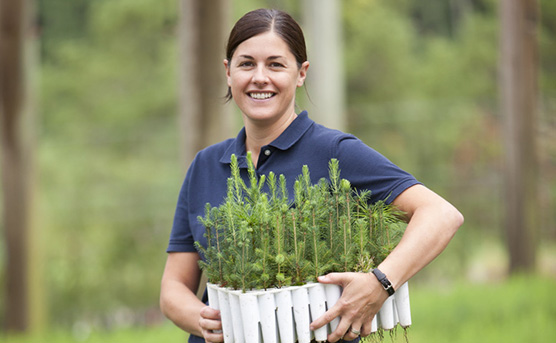
Healthier Trees Grown Faster
Show more
.jpg?n=5927)
Biodiversity Conservation in Planted Forests
Show more
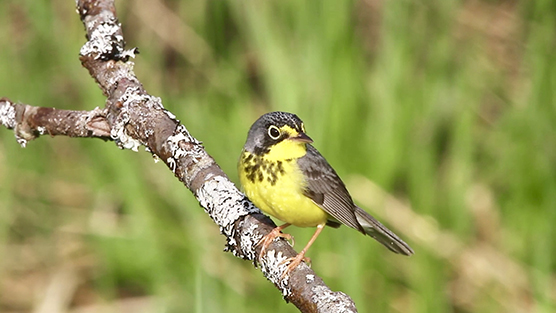
Listening to Forest Song Birds
Show more

Collaboration for Atlantic Salmon Tomorrow (CAST) Funding
Show more
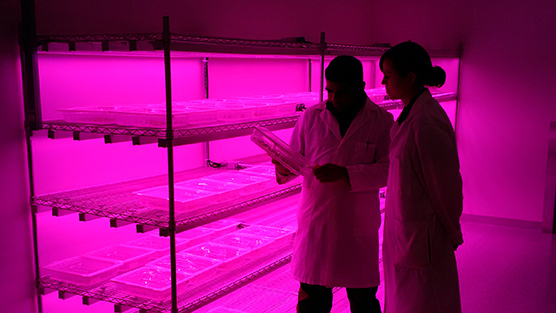
Use of Advanced Reforestation Stock Technologies
Show more
_small.jpg)
Legacy of the Sustainable Forest Management Network
Show more

Forest Dynamics, Succession and Habitat Relationships Under Differing Levels of Silviculture
Show more

CAST - ARIS
Show more
_med.jpg)
Science in the Woods with J. D. Irving, Limited
Show more
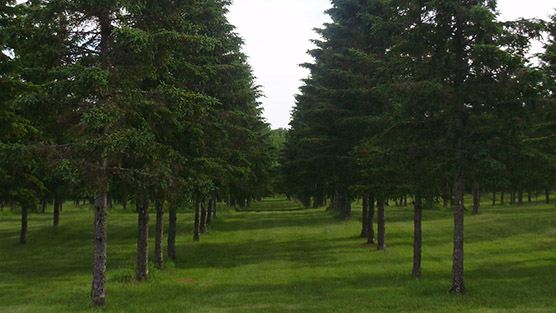
Tree Breeding at J. D. Irving, Limited Parkindale Seed Orchard
Show more
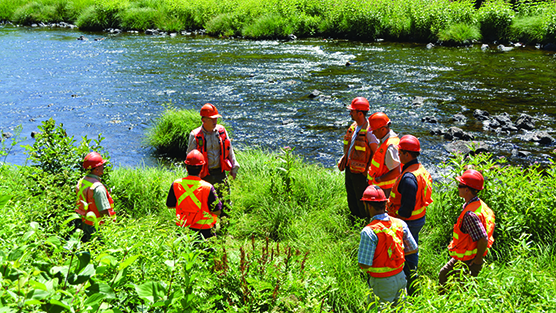
Enviro-Training at J.D. Irving, Limited with Kelly Honeyman
Show more
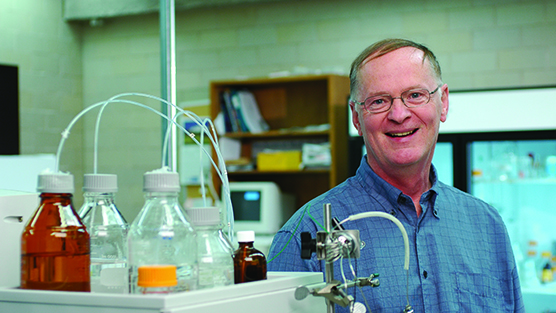
J.D. Irving, Limited Honoured for Outstanding University-Industry Partnership and Ground-Breaking Discovery
Show more
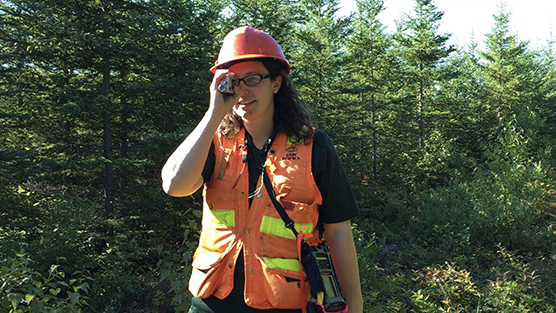
Sharing Data on Species and Ecological Conservation at J.D. Irving, Limited
Show more
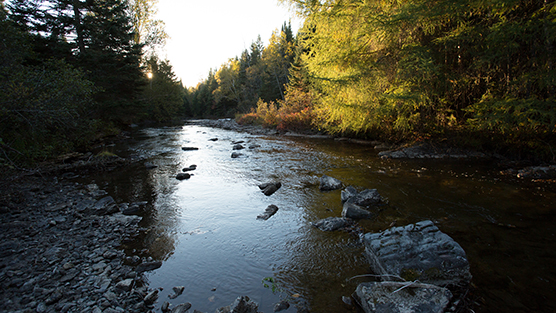
Linking Landscape Variables to Cold Water Refugia in Rivers
Show more
_big.jpg)
A Comprehensive Greenhouse Gas Balance for a Forest Company Operating in Northeast North America
Show more
Questions about our Healthy Forest Approach? Read the FAQ.
(1).png?n=7605)






.png)

